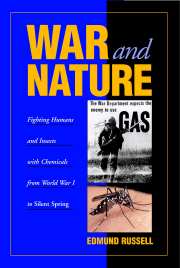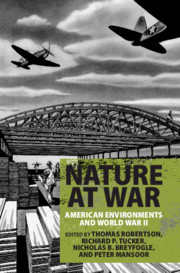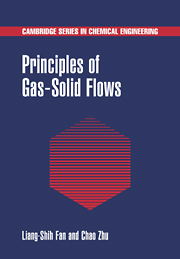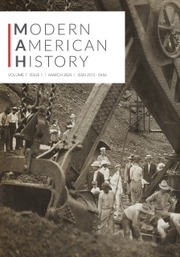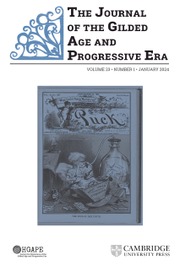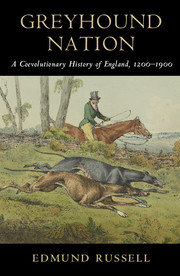War and Nature
Fighting Humans and Insects with Chemicals from World War I to Silent Spring
£24.99
Part of Studies in Environment and History
- Author: Edmund Russell, University of Kansas
- Date Published: July 2001
- availability: Available
- format: Paperback
- isbn: 9780521799379
£
24.99
Paperback
Other available formats:
Hardback
Looking for an inspection copy?
This title is not currently available on inspection
-
War and Nature combines discussion of technology, nature, and warfare to explain the impact of war on nature and vice versa. While cultural and scholarly traditions have led us to think of war and control of nature as separate, this 2001 book uses the history of chemical warfare and pest control as a case study to show that war and control of nature coevolved. Ideologically, institutionally, and technologically, the paths of chemical warfare and pest control intersected repeatedly in the twentieth century. These intersections help us understand the development of total war and the rise of the modern environmental movement.
Read more- Unusually synthetic; weaves discussion of ideas, technology, nature, and warfare to create a unified narrative
- Clearly written; although a scholarly book, it is accessible to a general audience
- Timely; chemical weapons and pesticides reappear regularly in the headlines
Reviews & endorsements
'An engrossing, unusual social narrative, documenting the close ties between chemical weapons development and 'peaceful' applications in insect warfare.' Kirkus
See more reviews'… ample fodder for a thought-provoking and eminently readable book.' Alastair Hay, Nature
'… a thought-provoking and eminently readable book. A sequel might be where much of it went wrong.' Alastair Hay, Nature
'Russell's narrative prose is as engaging as it is informative … War and Nature will be of valuable source for historians and others seeking a broad cultural history of these specific aspects of chemical research in the twentieth century …'. Ambix 50
'… the book breaks new ground in its connection of two traditionally disparate fields of inquiry, environmental and military history. It should be required reading in college courses in both security studies and environmental science.' History
Customer reviews
Not yet reviewed
Be the first to review
Review was not posted due to profanity
×Product details
- Date Published: July 2001
- format: Paperback
- isbn: 9780521799379
- length: 334 pages
- dimensions: 228 x 153 x 24 mm
- weight: 0.45kg
- contains: 15 b/w illus.
- availability: Available
Table of Contents
1. Introduction
2. The long reach of war (1914–17)
3. Joining the chemists' war (1917–18)
4. Chemical warfare in peace (1918–37)
5. Minutemen in peace (1918–37)
6. Total war (1936–43)
7. Annihilation (1943–5)
8. Planning for peace and war (1944–5)
9. War comes home (1945–50)
10. Arms races in the Cold War (1950–8)
11. Backfires (1958–63)
12. Epilogue.
Sorry, this resource is locked
Please register or sign in to request access. If you are having problems accessing these resources please email [email protected]
Register Sign in» Proceed
You are now leaving the Cambridge University Press website. Your eBook purchase and download will be completed by our partner www.ebooks.com. Please see the permission section of the www.ebooks.com catalogue page for details of the print & copy limits on our eBooks.
Continue ×Are you sure you want to delete your account?
This cannot be undone.
Thank you for your feedback which will help us improve our service.
If you requested a response, we will make sure to get back to you shortly.
×
